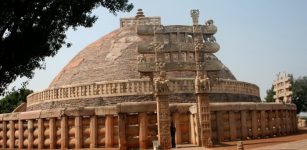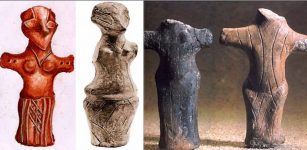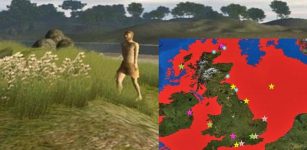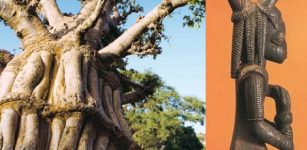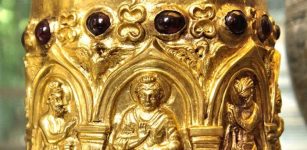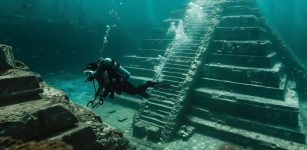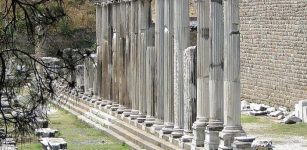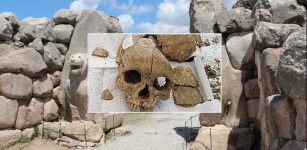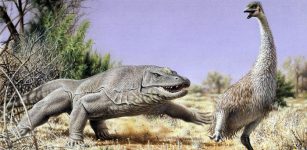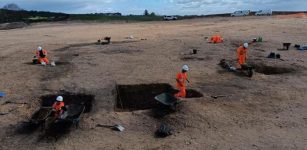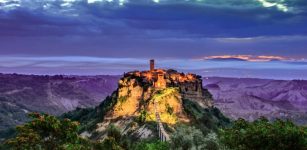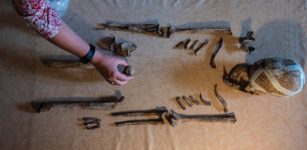One Of The Biggest Bronze Age Settlements On Orkney – Discovered
AncientPages.com - A team led by the Archaeology Institute at the University of the Highlands and Islands discovered what is believed to be a Bronze Age settlement at Tresness, Sanday sea shore.
The settlement remains are composed of 14 houses and separate working areas, scattered over a one kilometer stretch of sand.
Archaeologists identified a circular spread of stones, lying nearby on the western side of the ness and examined a large number of stone mattocks, similar to pickaxes, stone bars, hammerstones and stone flaked knives.

“Similar Bronze Age houses have recently been excavated at the Links of Noltland, Westray but the scale of the Sanday discovery is unparalleled in Orkney.”
They believe that the find represents one of the biggest settlements of its kind in Scotland.
“This must be one of the biggest complexes of Bronze Age settlement in the Scottish isles, rivaling the spreads of hut circles in other parts of mainland Scotland,” said Professor Jane Downes of UHI, who specializes in the Bronze Age.
She was astonished by the extent of the settlement area, which could have been home to Orkney dwellers between 3,000 and 4,000 years ago.

The remnants of the Bronze Age settlement at low tide at Tresness, Sanday, Orkney. Credits: University of Manchester
This new and unexpected discovery provides a rare opportunity to examine a dispersed settlement from the little understood Bronze Age in detail.
“This is a major discovery as the houses and a Bronze Age land-surface has clearly been sealed beneath the dune system for some 4000 years.It was the scale and density of occupation that really surprised us. Not only are house structures present but working areas are also visible," Professor Colin Richards, of the University of Manchester, said.
"The possibility now exists to gain a snapshot of everyday life in the second millennium BC. However, their uncovering is a result of gradual coastal erosion, particularly the dune system, which means that now exposed they are at the mercy of the elements."
There have been several recent finds which point to Bronze Age life on Orkney. They include a very rare building discovered in September on Westray, which experts believe could have been used as a sauna or steam house, possibly for ritualistic purposes.
The sauna was found close to where the “Westray Wife” was found in 2009 – a small Neolithic figurine, it is the first carving of a human form to be found in Scotland and the earliest depiction of a face found in the UK.
AncientPages.com
source: Scotsman



